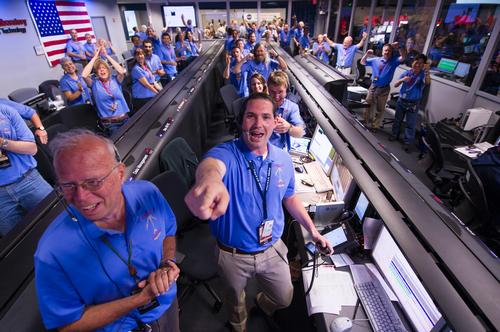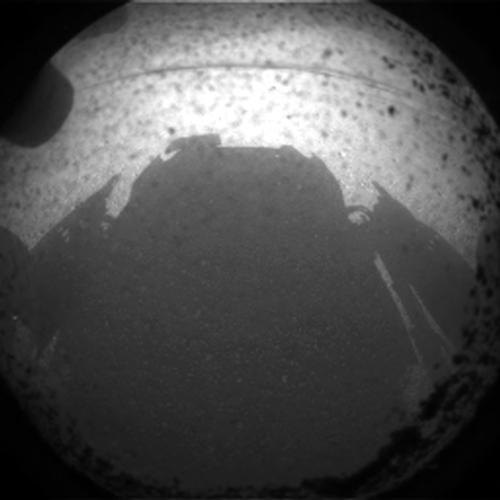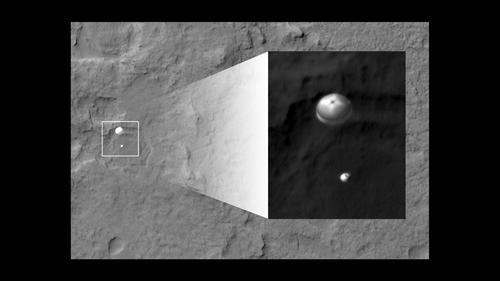US satellite may crash back to Earth Sept 23: NASA

More space junk, coming home. I've heard your chances of getting hit by a piece of this range from 1 in 1,000 to 1 in 10,000 depending on who you listen to.
A 20-year-old satellite that measured the ozone layer is expected to crash back to Earth late next week, but NASA said it still does not know where it will fall.
Read more about it HERE
Rocky planets could have been born as gas giants

So planets can be formed many ways (at least we think so), this means planets could be far more common, and we are already seeing this is true as we are spotting extrasolar planets left and right now.
When NASA announced the discovery of over 1,200 new potential planets spotted by the Kepler Space Telescope, almost a quarter of them were thought to be Super-Earths. Now, new research suggests that these massive rocky planets may be the result of the failed creation of Jupiter-sized gas giants.
Read more about it HERE
Help! My stars are leaking!

All I've got to say is, this makes for some awesome astrophotography.
Star clusters are wonderful test beds for theories of stellar formation and evolution. One of the key roles they play is to help astronomers understand the distribution of stellar masses as stars form (in other words, how many high mass stars versus intermediate and low mass stars), known as the Initial Mass Function (IMF). One of the problems is that this is constantly evolving away from the initial distribution as stars die or are ejected from the cluster. As such, understanding these mechanisms is essential for astronomers looking to backtrack from the current population to the IMF.
Read more about it HERE
Small distant galaxies host supermassive black holes

I'm starting to think black holes are just an important part of things working, in fact I almost wonder if they aren't even necessary for a galaxy to form.
Using the Hubble Space Telescope to probe the distant universe, astronomers have found supermassive black holes growing in surprisingly small galaxies. The findings suggest that central black holes formed at an early stage in galaxy evolution.
Read more about it HERE
Neutron star blows away models for thermonuclear explosions

See, everytime we think we understand something... something out there confuses us.
Amsterdam astronomers have discovered a neutron star that confounds existing models for thermonuclear explosions in such extreme objects. In the case of the accreting pulsar IGR J17480-2446, it seems to be a strong magnetic field that causes some parts of the star to burn more brightly than the rest. The results of the study, by Yuri Cavecchi et al. (2011), are to be published in the journal Astrophysical Journal Letters.
Read more about it HERE
Dark matter packs a punch: Milky Way's spiral arms formed by intergalactic collision

Thank the gods these things happen on such a long time scale (to us anyway) that we'd never have to worry about this happening again (until a time where we develop immortality... which might not be far off if we can figure out away to download consciousness and store it electronically).
The signature spiral arms of the Milky Way galaxy were likely formed by an epic collision between the Milky Way and the Sagittarius Dwarf galaxy, according to a University of Pittsburgh researcher and his collaborators, published today in the prestigious British journal Nature.
Read more about it HERE
NASA's Dawn collects a bounty of beauty from Vesta

I just love the images we are getting of this thing, almost feels like something out of a video game.
A new video from NASA's Dawn spacecraft takes us on a flyover journey above the surface of the giant asteroid Vesta.
Read more about it HERE
































